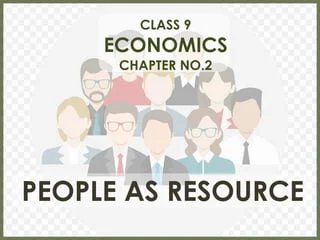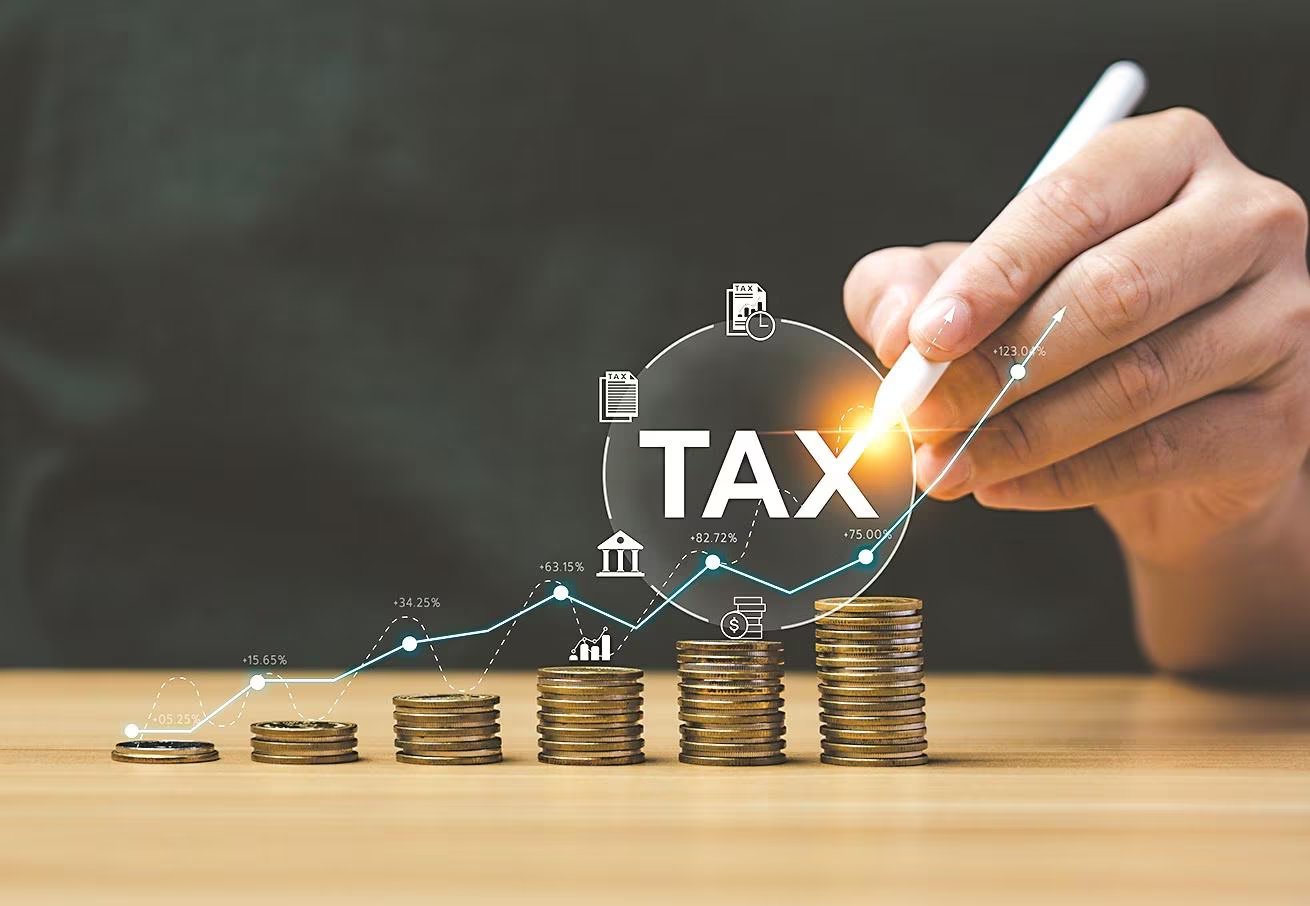Government Budget and the Economy - Class 12
Government Budget and the Economy is a chapter in Class 12 Economics that explores the role of government budgets in influencing the economy. It covers topics such as: Government Budget: The components of a government budget, including revenue and expenditure. Fiscal Deficit: The difference between government expenditure and government revenue. Primary Deficit: The fiscal deficit excluding interest payments on government debt. Fiscal Policy: The use of government spending and taxation to influence the level of economic activity. Deficit Financing: The methods through which governments finance their deficits, such as borrowing and printing money. Debt Management: The strategies governments use to manage their public debt. This chapter aims to provide students with a comprehensive understanding of the relationship between government budgets and the economy, and the tools that governments can use to manage their finances. সরকারি বাজেট ও অর্থনীতি এটি দ্বাদশ শ্রেণির অর্থনীতির একটি অধ্যায় যা অর্থনীতিকে প্রভাবিত করতে সরকারী বাজেটের ভূমিকা অন্বেষণ করে। এতে অন্তর্ভুক্ত বিষয়গুলি যেমনঃ সরকারি বাজেটঃ রাজস্ব ও ব্যয় সহ সরকারি বাজেটের উপাদান। রাজস্ব ঘাটতিঃ সরকারি ব্যয় এবং সরকারি রাজস্বের মধ্যে পার্থক্য। প্রাথমিক ঘাটতিঃ সরকারি ঋণের সুদের পরিশোধ বাদ দিয়ে রাজস্ব ঘাটতি। রাজস্ব নীতিঃ অর্থনৈতিক ক্রিয়াকলাপের স্তরকে প্রভাবিত করতে সরকারী ব্যয় এবং করের ব্যবহার। ঘাটতি অর্থায়নঃ যে পদ্ধতিগুলির মাধ্যমে সরকারগুলি তাদের ঘাটতির অর্থায়ন করে, যেমন ঋণ নেওয়া এবং অর্থ মুদ্রণ করা। ঋণ ব্যবস্থাপনাঃ সরকার তাদের সরকারি ঋণ পরিচালনার জন্য যে কৌশলগুলি ব্যবহার করে। এই অধ্যায়ের লক্ষ্য হল সরকারি বাজেট এবং অর্থনীতির মধ্যে সম্পর্ক এবং সরকারগুলি তাদের আর্থিক ব্যবস্থাপনার জন্য যে সরঞ্জামগুলি ব্যবহার করতে পারে সে সম্পর্কে শিক্ষার্থীদের একটি বিস্তৃত ধারণা প্রদান করা।
English
Last updated
Wed, 27-Nov-2024



















